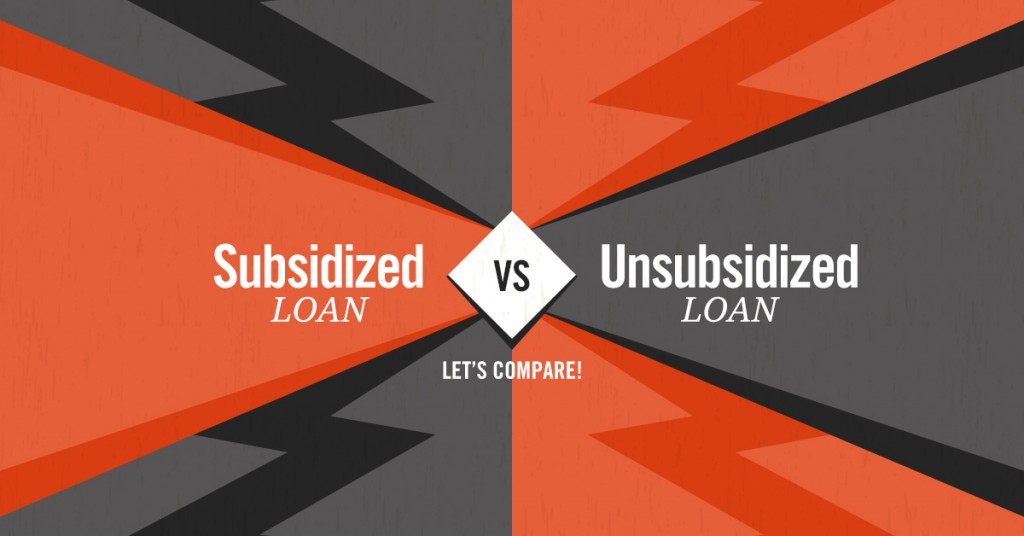Subsidized vs Unsubsidized Loans
Eligible students can apply for unsubsidized or subsidized loans to pay for their school fees. These loans are available to students enrolled in 4-year universities or colleges, community colleges and technical, trade and career schools. Here’s what you need to know about unsubsidized vs subsidized loans.
What are Subsidized Loans?
Undergraduate students who need financial assistanceare eligible for subsidized loans. This kind of loan doesn’t charge interest during deferment or in-school periods. Students who have taken directsubsidized loansbetween the 1st of July 2012 and 1st of July 2014 have to pay the interest that accumulates during the grace period. If they can’t pay the interest, it will be added to their principal balance.
What are Unsubsidized Loans?
Graduate and undergraduate students can apply for unsubsidized loans even if they don’t need financial assistance. This kind of loan accrues interest during deferment, grace and in-school periods. Students have to pay the interest that accumulates during all periods. They can either allow the interest to accrue and add it to their principal balance or pay it all at once.Allowing the interest to accumulate will also increase the amount they need to repay.
Borrowing Limits for Eligible Students
The school determines the type of loan and the loan amount that the student will receive every academic year. But there’s a limit on theaggregate loan limits and annual loan limitsthat a student can get. The aggregate loan limit pertains to the total amount that you can borrow for graduate and undergraduate study. The annual loan limit, on the other hand, refers to the amount of unsubsidized and subsidized loan funds that you will get every academic year. The total loan amount that you will get depends on two factors –your dependency status and grade level.
Dependent students whose parents aren’t qualified for direct PLUS loans may get supplementary direct unsubsidized loans. They can’t get additional loans if their outstanding loan debt is over the aggregate limit. Professional and graduate students who are taking health profession programs can also get supplementary direct unsubsidized loans every academic year. The aggregate limit is higher for them as well. If you’re taking a health profession course, you should go to your school’s financial aid office to get more information about the aggregate and annual loan limits that apply to your situation.
Eligibility Requirements
To qualify for unsubsidized and subsidized loans, you should:
- be a citizen of the United States
- be enrolled in a school that accepts unsubsidized and subsidized loans
- maintaingood academic progress
- not have outstanding loan debts to previous financial aid programs
How to Apply for Unsubsidized and Subsidized Loans
To apply for direct loans, you have to fill up the FAFSA form at https://studentaid.gov/h/apply-for-aid/fafsa. Your information will be used to determine the amount that you’re eligible for.
When to Repay Your Loan
After you leave school or graduate, you have 6 months before you’re required to repay the loan. During this grace period, you will get repaymentinformation from the loan provider. You will also be informed of the first payment’s due date.

